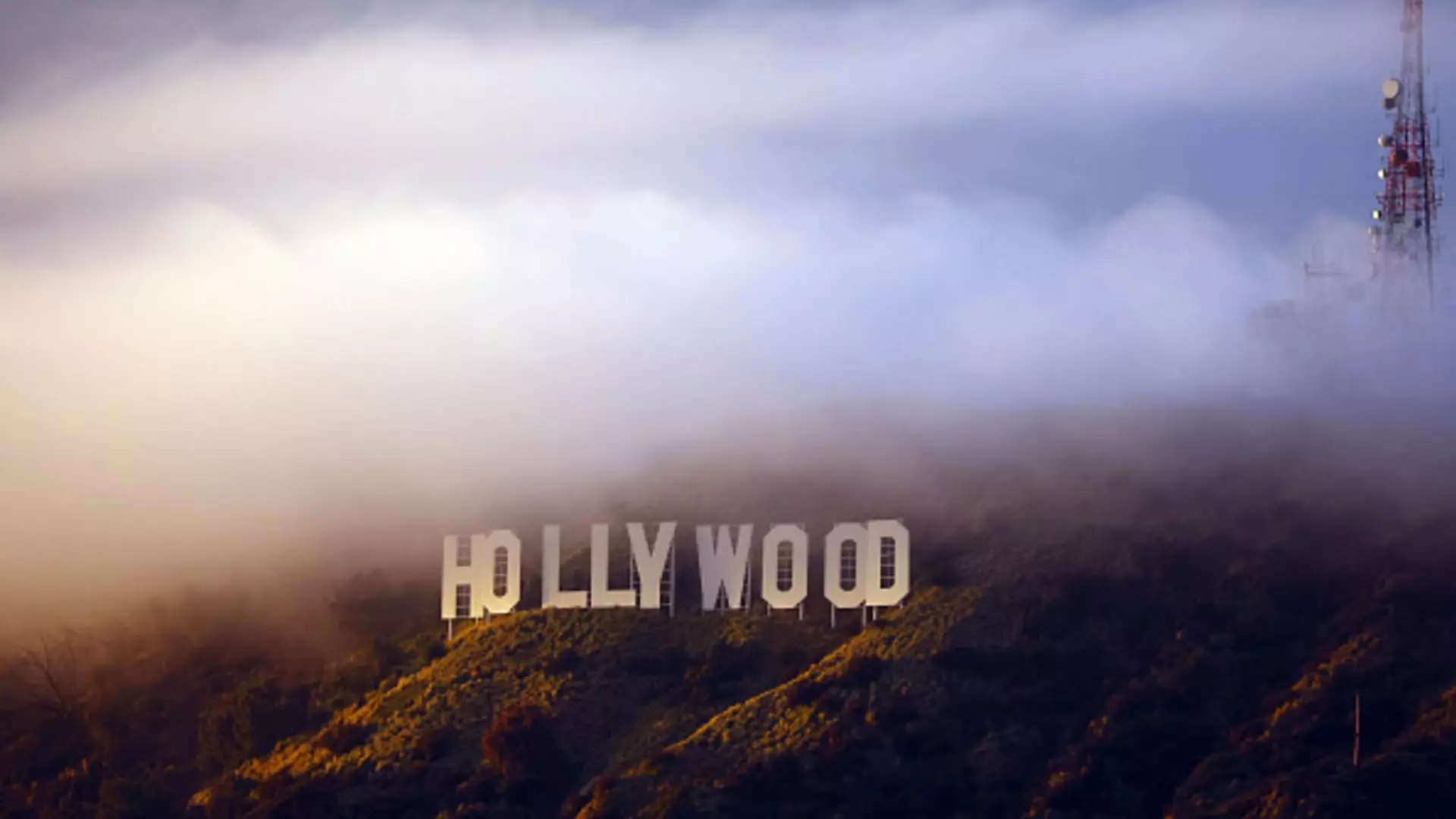The relationship between Hollywood and Canada has long been a symbiotic one, with the latter often dubbed ‘Hollywood North’ due to its significant role as a hub for film and television production. This partnership flourished over the years, benefitting from Canadian incentives such as tax credits, an extensive talent pool, and stunning landscapes that serve as versatile backdrops. However, recent government policies, particularly President Donald Trump’s imposition of tariffs, have cast a shadow over this alliance. The potential fallout raises critical questions about the vulnerabilities of this connection amid escalating trade tensions.
The essence of any film or television production lies in its budget, which is now at risk due to Trump’s newly instituted tariffs. By introducing a 25% tariff on Canadian imports, including goods crucial to film production – textiles, specialized materials, and equipment – the financial well-being of various projects hangs in the balance. Although many studios have adopted a localized sourcing strategy, relying predominantly on regional supplies, the ripple effects of tariffs on imported goods could still manifest in increased costs.
For instance, production teams often utilize unique materials that may not be readily available in the U.S. Furthermore, the potential for inflation in production-related expenditures could strain budgets, leading studios to reconsider their financing options or even scale back on certain projects. This recalibration could hinder the creative process and limit Hollywood’s ability to deliver innovative content.
The swift retaliation from Canada, led by Prime Minister Justin Trudeau, highlights the precariousness of U.S.-Canada relations in light of trade disputes. As Trudeau announced retaliatory tariffs, the implications for American goods became evident, engendering a tit-for-tat scenario. Such dynamics could lead to a downward spiral, affecting not just the film industry but a multitude of sectors.
As tariffs raise the costs of various consumer goods, there is a tangible fear that discretionary spending will decline. Consumers typically face difficult choices when budgets tighten, and entertainment options like movie outings might be among the first casualties. The overall economic impact of reduced consumer spending can be profound and may contribute to a downturn in box office revenues, further undermining an industry that is only just recovering from the challenges posed by the Covid-19 pandemic and subsequent labor strikes.
Despite the adversity presented by rising tariffs, industry experts convey a sense of resilience among Hollywood production companies. The adaptation mechanisms available include adjusting production strategies, leveraging local resources, and potentially seeking to shorten production schedules to offset costs. While these measures may provide some buffer against economic pressures, the overarching concern remains: the extent to which increased costs will affect viewer behavior and, ultimately, box office performance.
Interestingly, while studios have typically rented much of their production equipment, there are inherent limitations to such isolation from external costs. When firms begin to face increased operational costs, this inevitably trickles down, influencing rental prices and possibly placing additional strain on budgets. Accordingly, the financial ripple effects may hinder beloved franchises and new creative ventures alike, limiting Hollywood’s vast storytelling potential.
The apprehensions stemming from the current trade dispute can hardly be overstated. The ramifications of President Trump’s tariffs extend beyond mere economic mechanics; they encapsulate a nexus of cultural, professional, and financial complexities that defines the Hollywood-Canada relationship. While the industry may strive to navigate these challenges with resilience, the potential for increased costs and decreased consumer spending looms large. As studios prepare for 2025’s blockbuster releases, it is imperative for leaders in the film industry to not only foster creativity and innovation but also anticipate the changing financial landscape that could dictate the industry’s future. Ultimately, how Hollywood adapts to this evolving landscape will determine its trajectory in the coming years, as it stands at a crucial crossroads in an unpredictable economic climate.



Leave a Reply